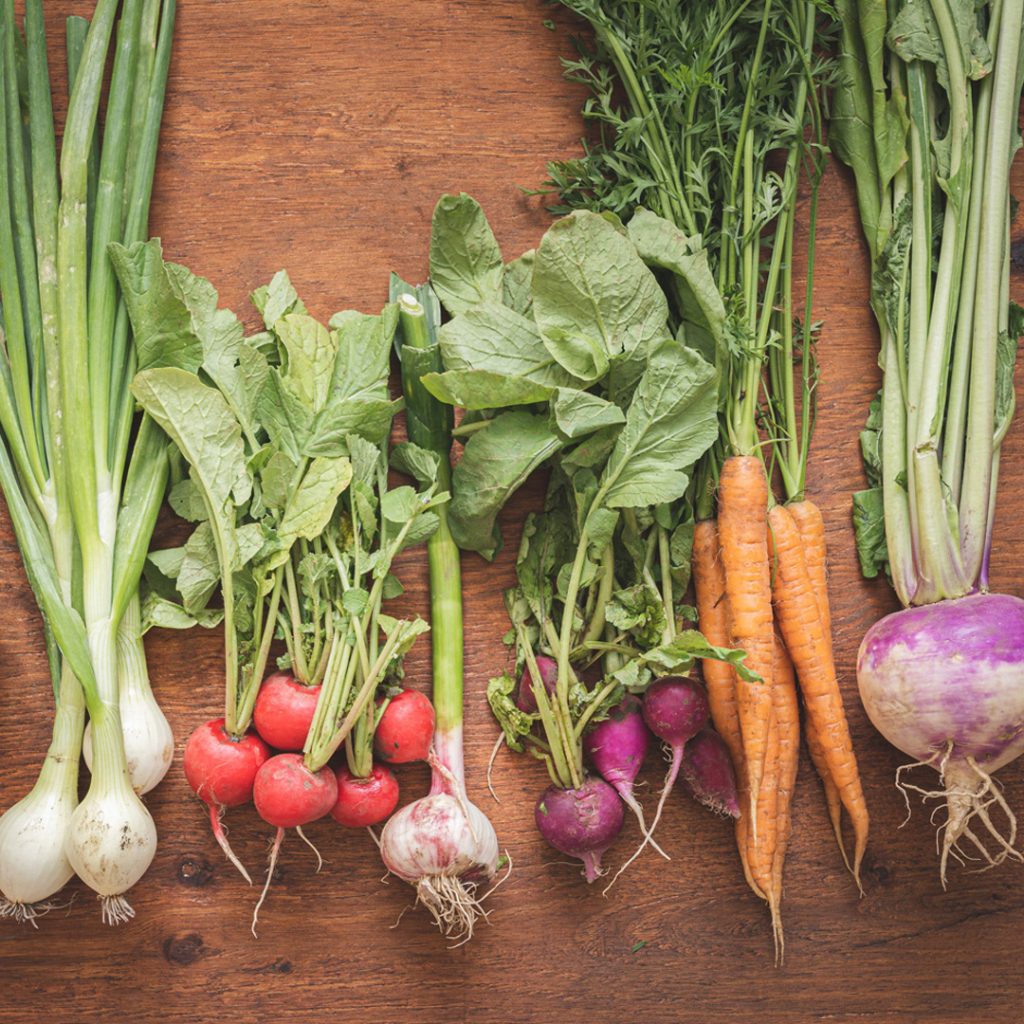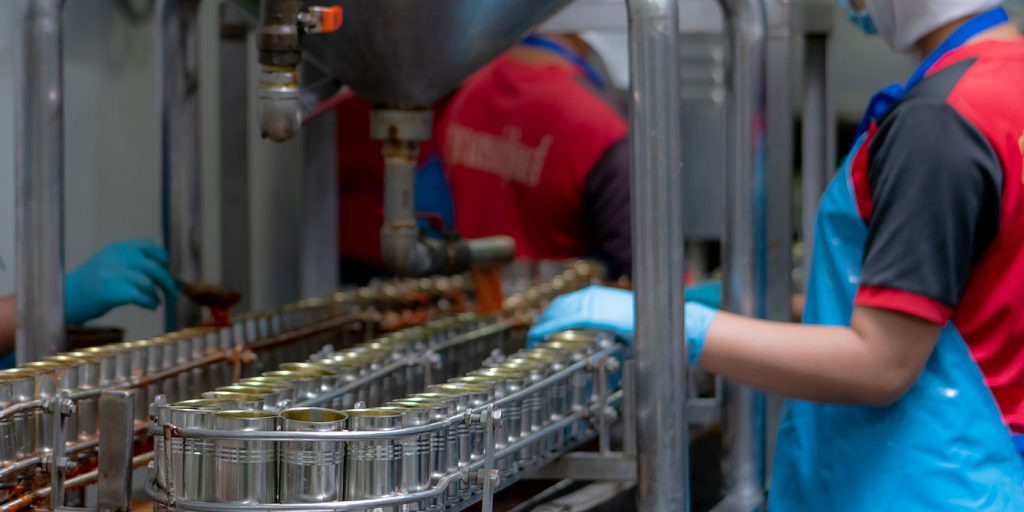
Recent innovations in food and beverage manufacturing have significantly transformed how products are processed, packaged, and supplied in 2024. These changes are timely and specifically designed to address consumer concerns regarding cost, health, and environmental sustainability.
To make sure you’re not left behind, let’s take a look at what you need to look for as the year progresses:
High-pressure processing (HPP) is gaining prominence as a viable method for low-temperature pasteurisation, particularly among producers of natural products such as juice, ice cream and cookie dough. And despite persistent challenges like equipment costs and packaging durability, HPP represents a positive step in the production process.
Meanwhile, pet food production is also evolving, focusing on refrigeration during processing to preserve freshness to cater to the demand for raw pet food.

Consumer demand for sustainable practices is pushing the industry to prioritise eco-friendliness when creating packaging. Companies like Nestlé, KraftHeinz and Conagra have already committed to using recyclable, reusable and compostable packaging by 2025, driven by consumer preferences and corporate responsibility.
Upcycling will continue to gain traction, and it’s one trend that cannot be ignored.

Worker shortages and the need for efficiency are accelerating the shift towards automation in food manufacturing. Automated facilities offer enhanced production efficiency, supply chain management and regulatory compliance, albeit requiring significant investment and skilled personnel to implement the systems.
More consumers are demanding clear labelling that emphasises health claims and ingredients in food products.

Shortages of raw materials and consumer behaviour shifts are posing logistical hurdles for retailers and producers. Consequently, there is a push for innovation in packaging and distribution to enhance efficiency and reduce costs in response to these challenges.
To remain competitive in the labour market, food manufacturing facilities are improving their workplace environments by integrating ergonomic designs, maximising natural lighting and upgrading their amenities.
These improvements are intended to attract and retain workers, as people now demand and expect (quite rightly) better work environments.
At TPE, we offer everything, from advice on the right machinery for you to designing and installing equipment to enhance plant efficiency and productivity.
Call us now on +44 (0) 1206 752017 or send us an email